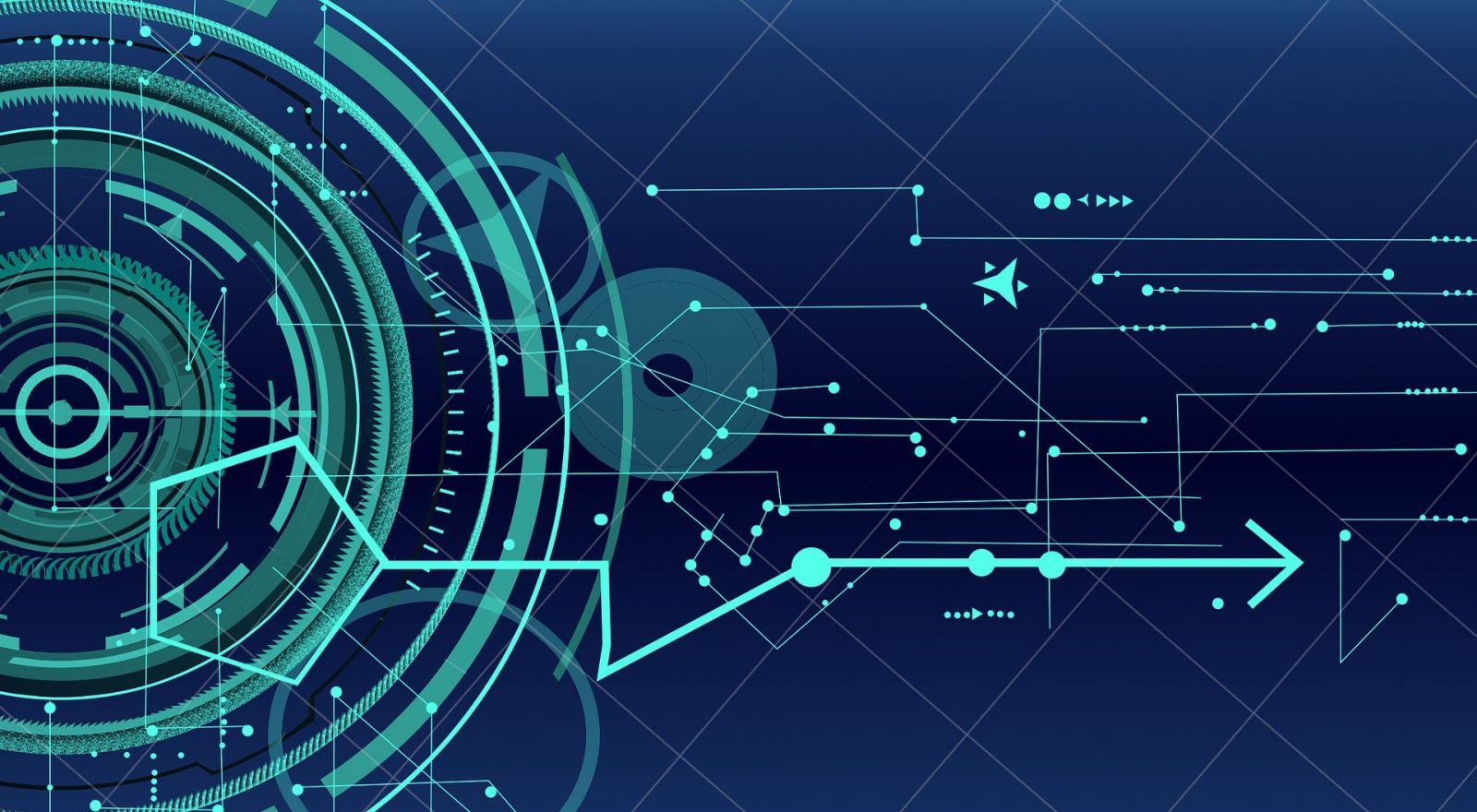Law, medicine and new technologies: artificial intelligence supporting human beings.
Risks and benefits of using artificial intelligence in medicine: the perspectives of law and technology.
The Covid-19 pandemic has been an important testing ground for technologies applied to health and for artificial intelligence in particular. Medicine is in fact one of the most promising areas as regards the application of artificial intelligence, which in recent years has been introduced in an increasingly massive and accurate way. Understanding why is rather straightforward: the digitization of data allows health professionals to have access to a large amount of clinical and health information in digital format thanks to machine learning and data learning, in much higher numbers than those that can be obtained “manually”. This makes it possible to build relationships between the analyzed data and to analyze them more effectively.
In the case of the ongoing pandemic, the potential of artificial intelligence is manifold: diagnosis, care of sick patients, epidemic monitoring in the population through the examination of the epidemiological curve and the study of social interactions (e.g. the Immuni contact-tracing app); but also, especially during the phase of coexisting with the virus, for measuring body temperature, checking physical distancing and the use of masks and, perhaps, developing a suitable vaccine.
The benefits already brought as well as those that could be brought in the future by artificial intelligence are, thus, multiple but could there also be risks, to be equally taken into consideration?
Dr. Marta Fasan, jurist and contact person for TRAiL (Trento Artificial Intelligence Laboratory) – Jean Monnet project whose purpose is to build a national network of doctoral students who will deal with artificial intelligence from different perspectives – discussed it exhaustively during the videoconference “Law, medicine and new technologies: the individual and collective dimensions of the protection of the right to health” organized by the University of Trento. The online event, which is part of a larger series, saw also among the speakers Carlo Casonato (Unitn), as moderator, Federico La Vattiata (Law School, Unitn), Paolo Traverso (FBK ICT center director, and Elettra Stradella (University of Pisa).
The benefits of artificial intelligence applied to the management of the Covid-19 pandemic, in addition to those mentioned before, are:
1. FASTER PACE IN THE RESEARCH ON THE DISEASE AND THE VACCINE: greater availability of data, significantly shorter times, infection early diagnosis, acceleration in achieving population immunity;
2. EFFECTIVENESS: fast and accurate data analysis, including through image recognition, with fewer errors and the possibility of remote monitoring (think that during the pandemic, 13,000 articles on coronaviruses were made interoperable for professionals!). Possibility to make a diagnosis even in the absence or shortage of diagnostic tools (eg: swabs), with consequent pressure relief for hospitals and healthcare providers;
3. EQUALITY: health treatments that are more precise and customizable on patients, uniformly ensuring the right to both individual and collective health.
On the other hand, the risks inherent in the spread of the use of artificial intelligence are more of a legal nature and connected to aspects of privacy protection of the data collected:
1. PROCESSING OF COLLECTED DATA: how are they processed and protected and by whom?
2. VARIETY AND QUALITY OF DATA: possible biases (cultural, social, etc.) and partial information that could compromise or affect the quality of the data collected must be taken into account that could give rise, in the worst case scenario, to new forms of discrimination and lower standard care compared to the more traditional health treatments (e.g. if the data show that black people are less prone to certain health conditions, is that reliable information or does it derive from the fact that, throughout history, these population groups have had less access to health care and thus less attention has been paid to their health?). It must be said, though, that, in view of this risk, developers now pay increasing attention to it by trying to design anti-discriminatory artificial intelligence systems by design;
3. BLACK BOX: the increase in digitization and the use of complex information technologies could lead to lower access and poor understanding, the so-called digital divide, especially for the most at-risk population groups such as seniors and non-digital natives. The risk entailed is obvious: those who cannot understand these technologies tend not to trust digital tools and to be wary of the decision-making processes on which they rely. Similarly, it is crucial that healthcare professionals can understand the technology they are going to use, in order to then be able to explain it to their patients (right to informed consent);
4. DEHUMANIZATION OF THE THERAPEUTIC RELATIONSHIP: the distrust described above could also be passed on to the primary care physician who proposes and in some cases also promotes the use of new technologies to the patient, leading to a deterioration of the doctor-patient relationship and communication, as important as the treatment itself. Artificial intelligence must therefore act and be seen as a valid assistant to the doctor, not a substitute for him/her.
Hence, as we can see from this brief overview of the possible pros and cons of artificial intelligence, a correct and balanced assessment of the cost/benefit ratio is clearly need that aim to improve the areas of action while fully protecting individuals. Constant and ever-increasing interdisciplinary communication that brings into play the different competences of each discipline such as computer science, law, bioethics, etc. is therefore desirable and necessary.
Federico La Vattiata, a doctoral student who deals in particular with law, medicine and new technologies, pointed this out during his talk when he stressed the importance of codifying the rules on which, to start with, safety and efficacy of care and the accuracy of the science should be based. These rules should be officially enforced, and penalties for breaches should be provided for.
Considering that artificial intelligence adapts and intervenes on the contingent needs of modernity, the rules aimed at regulating its use cannot be permanent and final but must change and evolve hand in hand.
We therefore need a careful risk assessment that will favor individual and collective protection, but also the three main players ultimately responsible for the use of advanced technologies in the fight against the virus (culpa in administrando), i.e.program developers, healthcare users and healthcare system executives: who takes the blame for not having implemented an action suggested by artificial intelligence technology (or vice versa?). In the case of the Covid-19 pandemic, however, the uncontrolled situation in which the decision-making and implementation process took place and the need to make fast decisions did not allow the development of precise and exhaustive regulations.
Paolo Traverso, director of the Information Technology center at Fondazione Bruno Kessler, is optimistic that, even after the pandemic has passed, artificial intelligence will continue to be used in medicine. In particular, Traverso wanted to stress the criticality of the stochastic prediction models which, together with the analysis of the data provided by machine learning and data learning, allowed to study the contagion curve and to predict its evolution, providing as well different possible scenarios depending on the variables introduced from time to time.
Traverso also focused on the importance of entering into an agreement with citizens, that will help reassure them and dispel the concerns inherent, for example, in the use of the contact-tracing app, by ensuring full privacy of the data provided (code-encrypted), without which, with an unknown syndrome such as that from SARS-CoV2, it would be impossible to make progress in a short time to contain the infection and treat those who have contracted the virus. In this case too, therefore, the interaction and communication between artificial intelligence and medicine are placed at the center of the question, as well as the need to keep the human being at the center of the process.



